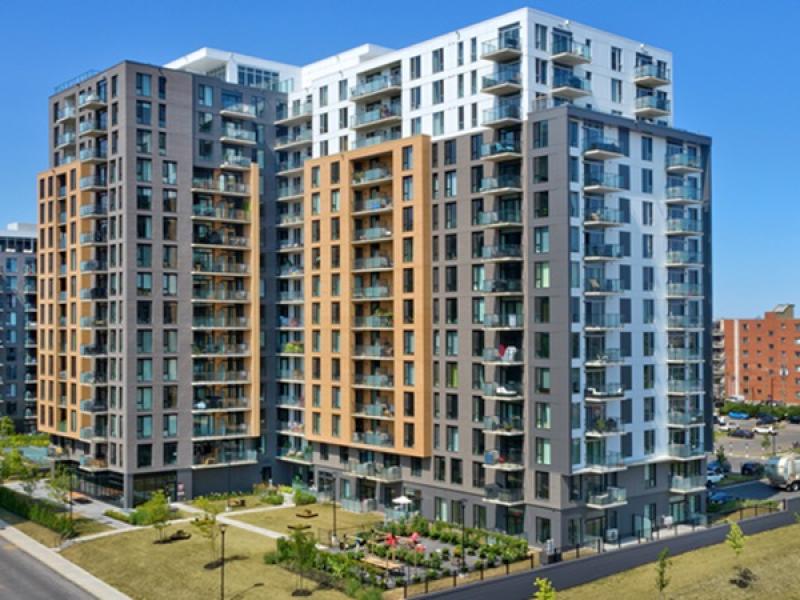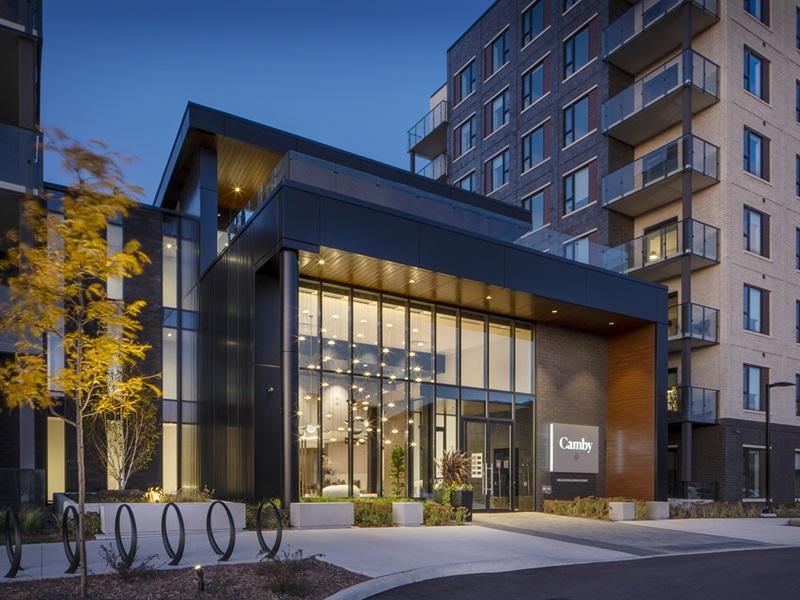
Canada’s student housing market is fragmented, underdeveloped and offers significant opportunities for development and investment in private, off-campus housing.
So says Martin Varga, real estate business development director at Vienna-based residential real estate market intelligence firm Bonard.
When it comes to student housing, “Canada is much further behind any other developed market,” Varga says. “The Canadian market is still in its early stages compared to the more mature U.K. and European markets.”
Canada has become a world leader for international students in recent years with a compound annual growth rate of 9.9 per cent in the five-year period from 2016-17 to 2021-22, to a total of 444,860 international students. (Canada’s overall student population grew by only 1.2 per cent yearly during that period)
Meanwhile, the U.S. saw a 2.5 per cent decline in international students during that period.
Canada's PBSA provision rate "very low"
However, there is a significant shortage of purpose-built student accommodation (PBSA).
Bonard analyzed data from 856 PBSA properties with 165,762 beds in Canada’s 24 biggest cities and found the provision rate (total number of private and public PBSA beds divided by the total number of students) is “a very low” 10.3 per cent, he says. That compares with 15.6 per cent in France and 27 per cent in the U.K.
Canada’s provision rate “is far behind the more major markets (and) is driven mainly by university stock and not at all by the private off-campus players. “
For off-campus student housing, for which international students are the primary market, the provision rate (number of private PBSA beds divided by the number of international students) in Canada is 15.7 per cent, compared with 60.6 per cent in the U.K.
Provision rates are even lower in major cities like Toronto (8.8 per cent; off-campus private student housing four per cent) and Montreal (5.2 per cent; 6.3 per cent, respectively). “The majority of the cities in Canada are hugely undersupplied.”
Waterloo, Ont. has Canada’s highest provision rate at 35.6 per cent and private provision rate at 25.5 per cent. But even Waterloo is far from saturated with student housing, Varga says. If the U.S. had similar numbers, “everyone would be rushing to that market.”
As well, only 29 per cent of Canada’s student housing beds are off campus (47,916 off-campus PBSA beds out of 165,762 beds) compared with 58 per cent in the U.K. and 69 per cent in Australia. “Canada has plenty of room for expansion in the off-campus sector.”
Privately owned PBSA portfolios
Bonard found there are 55 privately owned purpose-built student accommodation (PBSA) portfolios in Canada, which own at least two properties off campus.
Off-campus players “are very small,” with 57 per cent of the portfolios having fewer than 500 beds. Only two per cent have between 5,000 to 10,000 beds, while 19 per cent of the portfolios have 500 to 1,500 beds and 22 per cent have between 1, 500 and 5,000 beds.
The largest nine student housing brands in Canada only make up 51 per cent of total off-campus beds in the country. They are: Canadian Student Living, The Marq, Canadian Campus Communities, Campus Living Centres, Campus Suites, Envie Student, Domus, Rez-One and London Property Corp.
Varga says Canada comes up often in discussions about student housing expansion with global investors, developers and operators. He expects more international groups to enter the Canadian market and partner with local brands on off-campus developments. “We see huge opportunity for additional capital to come.”
Slower development timelines, higher costs
However, compared to other markets, it takes a lot of time and is quite expensive to develop student housing in Canada. He says construction takes about 30 per cent longer than in Europe and costs are about 40 to 50 per cent higher.
Forty-six student housing projects are in the planning stages or under construction in Canada which would add up to 16,735 beds in the next three to five years. But those additions would only increase the provision rate from 10 to 10.5 per cent. “Hopefully, in the next five to 10 years, we’ll see more capital coming into the market.”
Varga also says there is room for a greater variety of student housing in Canada. Single rooms with shared bathrooms and kitchens are predominant in Canada but in more developed markets like Europe, off-campus private stock is dominated by single studios with bathrooms and kitchens, “a much-preferred type of accommodation for international students with high purchasing power.”
Countries like Spain, France and Australia also have a selection of higher-quality student housing, equivalent to three-to-five-star hotels, he says.
Varga adds low supply and high demand continue to push rents higher for student housing in Canada, with a 15 per cent year-over-year average increase. “We see rent levels almost reaching those in the U.K.,” a situation that offers opportunities for investors, he says.










